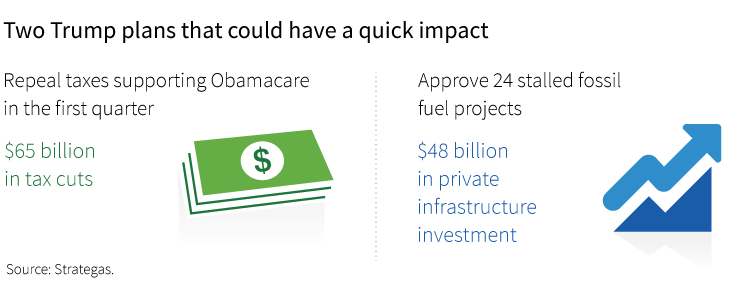Building on Mike’s post last month about marketing multi-asset class solutions, I reviewed asset manager’s “About Us” (or “Our Profile”, “Who We Are”, etc.) pages. Personally, I believe these pages (approaches vary from a single-page format to a 3-page section) are valuable and can impact professional buyers positively or negatively.
Anyhow, after reviewing ten firms, my immediate thought: wow, this content is dull!
Nearly all the firm’s pages follow a recipe with key ingredients of history, size/breadth, and high-level capabilities. The pages are full of vapid lines such as ‘We are among the world’s strongest financial firms’.
After my initial reaction, I started to wonder why this occurs. I think there are four reasons (not mutually exclusive).
First, there’s significant desire from many Marketing teams to shift to timeless or evergreen content versus timely, knowing the resources and effort timely content requires. I see the value in timeless content for certain topics, such as investor education. I understand and empathize with the thinking: we need to have fewer pieces to update so we can get our position on 2017 Muni Bonds out there fast. I think making the About Us absolutely evergreen leads to writing devoid of any business updates (e.g., acquisitions, new regions) and caps a firm’s ability to differentiate.
Second, everyone internally has a say on the About Us pages (just like everyone has an opinion on brand refreshes) and nobody wants to burn bridges by overly focusing on one channel or set of capabilities, leaving others to feel subjugated. But that all-children-are-equal approach is rarely true. Writing to a least offensive (internally) denominator is good office politics that leads to dull, high-level writing.
Third, writing interesting About Us pages is difficult. We’re in an industry with narrow differences between competitors and few firm story levers to pull. That combination challenges even the most earnest marketer to create something engaging. The simple issue of difficulty shouldn’t dissuade the marketer charged with creating compelling (potentially evergreen even) writing. Yet, rarely have I seen someone internally challenged and rewarded for creating high-quality About Us pages. It can be done but needs prioritization and prominence.
Fourth, site metrics will show how few page views About Us receives (relative to a high-yield bond strategy profile for sure) so why bother? I don’t think all page views are equal, however, so the raw metrics argument always sounds specious. As stated initially, About Us pages can impact prospective buyers and current clients.
Personally, I think Neuberger Berman did an effective About Us upgrade recently. Their About Us quickly lists the firm’s support points providing the user with clear copy related to each point. Additionally, the user can quickly access firm data (AUM, investment professionals, etc.) and link to other sections of the Web site.
Upgrading the About Us section dovetails nicely with overall brand design work. Next time there’s an effort related to the firm’s brand, consider devoting resources to the About Us.









